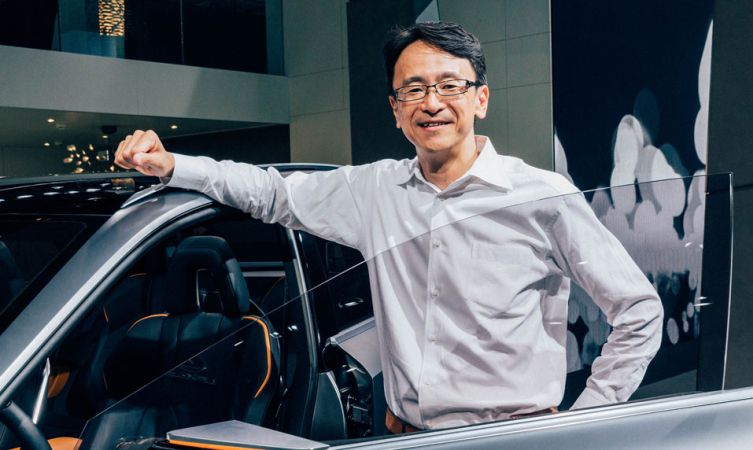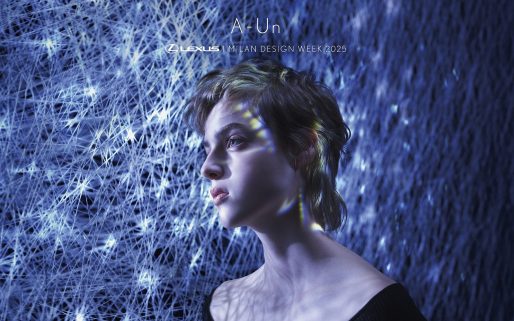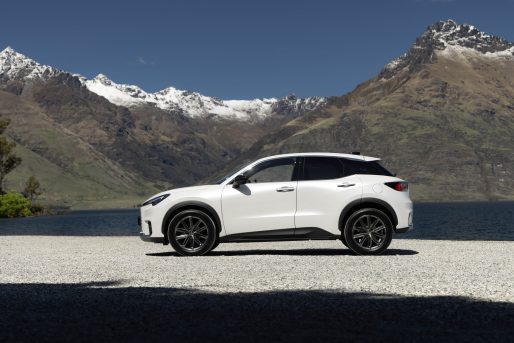Takeshi Tanabe from Lexus Global Design Division speaks about the evolution of Lexus design, project managing exterior and interior design teams, and the integration of technology into vehicle design.
This interview was first published in three parts by Lexus Enthusiast. Read the unabridged interview by clicking the following links: Part 1, Part 2, Part 3.
How did you become interested in car design?
Tanabe-san: When I was in elementary school there was a supercar craze in Japan. I was excited to see cars like the Lamborghini Countach, Ferrari 512 BB and Porsche 911 Turbo for the first time. But when this craze faded, so did my fascination.
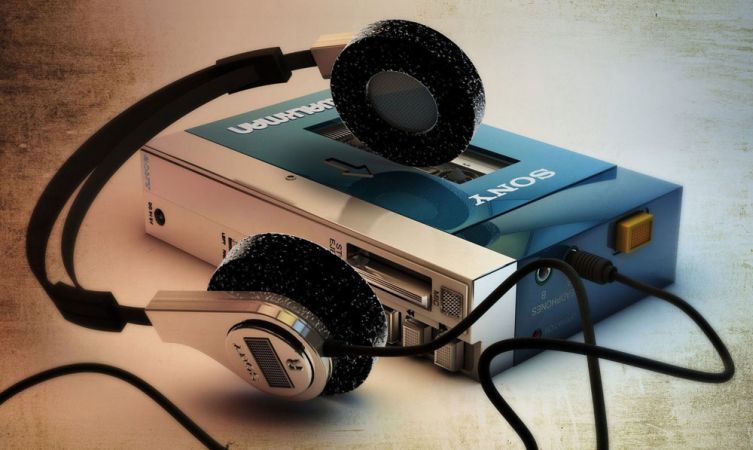
When I was in junior high, Sony introduced the Walkman, and this revolutionary product had a great impact on me. What struck me most was its design and how its detailed mechanism was condensed in such a compact body.
Since I enjoyed drawing I decided to attend Tama Art University and study product design. During my studies I was drawn to motorbikes and cars because of the great freedom they provided. I was also influenced by the advent of Formula 1 racing in Japan and decided to be a car designer. I joined Toyota after graduation in 1990.
What projects were you involved with at Toyota?
As a product designer, it was natural to be assigned on interiors. My first project was the Corolla interior; following that I worked on the domestic Caldina and then the first-generation Prius (see image below). Soon afterwards I took part in a study abroad programme sponsored by Toyota and went to the Royal College of Art in London.
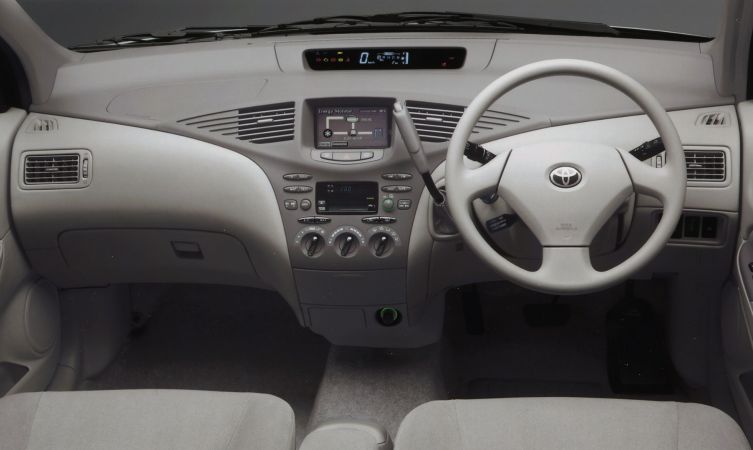
Back in Japan I worked on domestic mid-size saloons, the first-generation Aygo, the first-generation Auris and the Avensis. These last three models were for the European market. Then in 2007, I moved to the Lexus Design Division and joined the Lexus RX development team.
How did you feel about this transition to Lexus?
When I joined Lexus, the RX project had already started and LFA development was also underway. The Remote Touch Interface was being developed and it signalled the emergence of new changes. These were very exciting times.
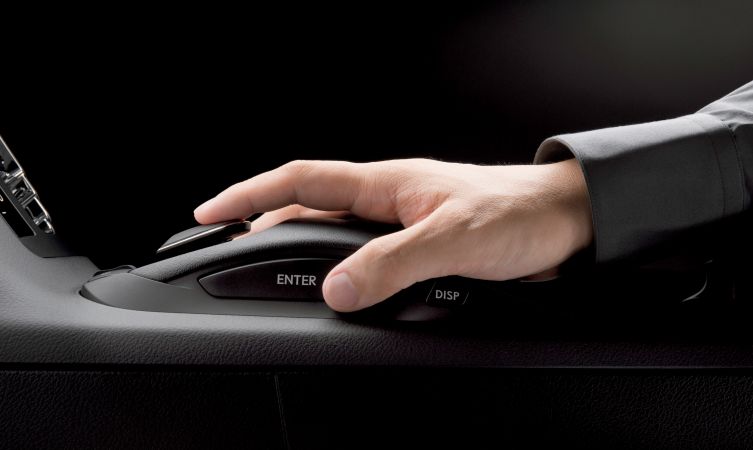
What contribution did you make to the Remote Touch Interface?
The engineering part of the development had already been finished, so we worked on its ergonomics by finding the most intuitive position to allow the driver to concentrate on driving and allow easy operation with the tip of the finger.
What projects followed after the RX?
I oversaw the CT, the LS facelift, and was project manager of the NX. Then for two years I was the Project General Manager responsible for all interiors. In 2014, I moved to the Global Design Division but still hold a position at Lexus Design and work closely with Lexus Brand Management. So my work now consists of design management and promoting the entire brand.
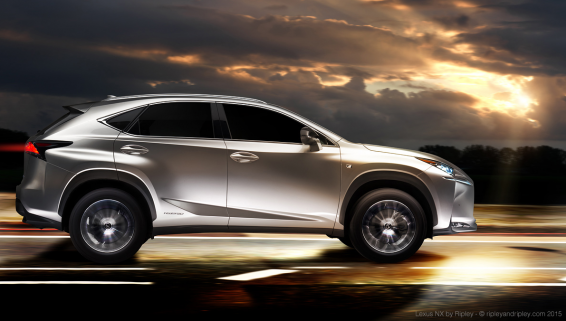
How intentional was the gradual transformation of the spindle grille from arguably its first appearance in the CT to its official release in the GS and its further evolutions since?
This is a very insightful question. As you mentioned, the CT marked a period of transition. Before the CT there was the HS and IS F, where the upper and lower grilles tended to gradually connect. But as the for the CT, it was felt that a smaller grille with less chrome was fresher looking and more appropriate for a compact car.
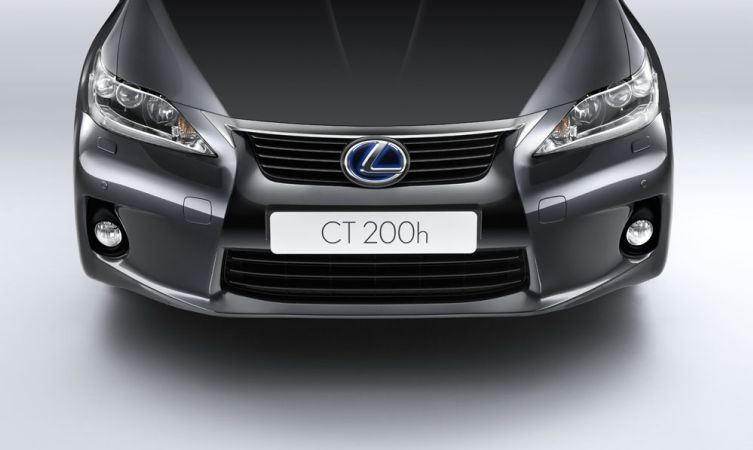
While developing this theme, the image of air flowing from the lower grille toward the upper grille was conceived. This continuous flow of air consequently connected the lower and upper grilles, which was later called the Spindle Grille. Looking at the grille of the first CT, we can see that the direction of the line coming from the lower grille connects to the upper, creating the outline of the Spindle Grille.
How has Lexus design language evolved since the introduction of the Spindle Grille?
When our L-finesse design philosophy was defined in 2003, we didn’t have any specific design language to express it. The designers explored many different ways to realise this visually, and it was from this soul-searching process that the Arrow Head and Resolute Look design cues were introduced.
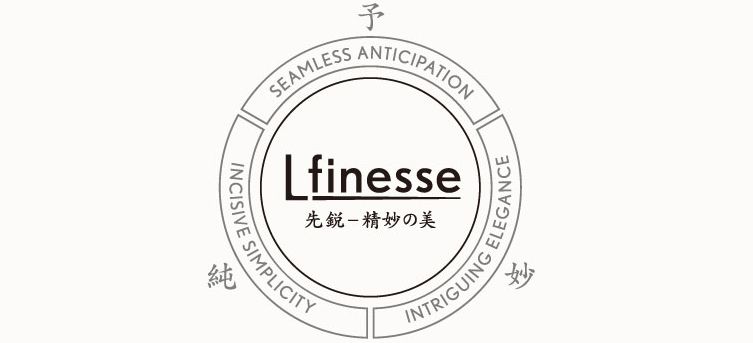
The Arrow Head is illustrated through the synergy of sharp edges with sculptural shapes, and the Resolute Look expresses the front identity. Other cues followed and evolved, such as the L-shape used for daytime running lights and mesh patterns.
Using our design philosophy as a base, Lexus design will continuously evolve with a consistent message.
Have we reached the pinnacle of Spindle Grille evolution?
The grille will continue to evolve but it won’t change just for the sake of changing; there will be a meaningful evolution that reflects technological innovations. For example, when advancements are made in cooling systems, then the shape of the grille will change accordingly.
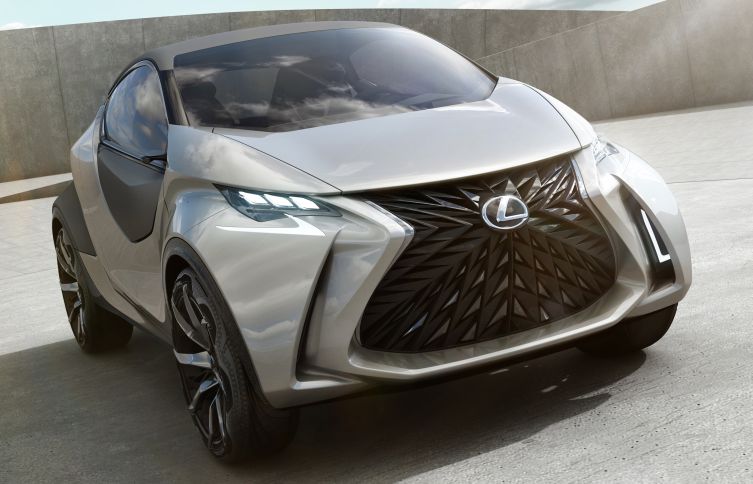
How do interior and exterior designers work together?
A while back, exterior and interior design teams were separate, but now a chief designer is appointed for each project and oversees both so they work as one complete team. Teamwork is a must because we must share the same vision.
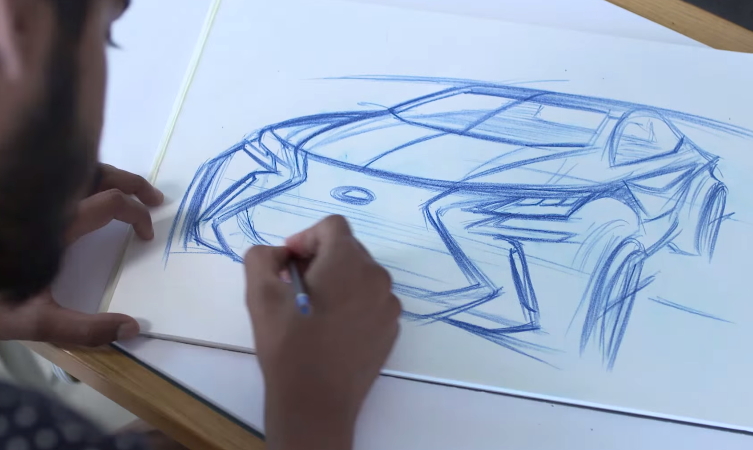
However, there are cases where contrasts are created intentionally, with the purpose of conveying a specific message or to create a fascinating appeal. Doing so has to be part of the plan, which is precisely why it is important to appoint a chief designer to oversee both interior and exterior.
How difficult is it to balance your designer vision with the demands of increasing interior technology?
The design of a product is a reflection of brand, technology and market needs. Of course I have my personal vision on design, but it doesn’t go against the evolution of technology. On the contrary, design should embrace the latest technology. If there are no new technologies for design to express, then differentiation becomes difficult and there is a risk of looking outdated.
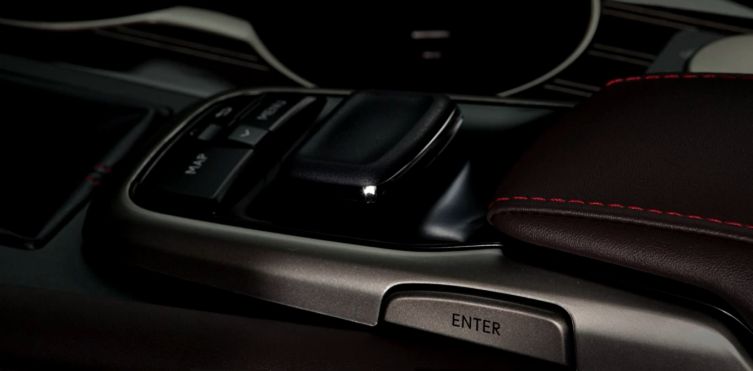
From this standpoint, Remote Touch with its innovative technology is a good example that triggered the transformation of Lexus interiors.
With that in mind, what is the future of controller design for Lexus infotainment packages?
We are constantly exploring ways to implement our Human Oriented concept with the development of new technologies. On a conventional sat-nav, the driver has to go toward it and reach for the commands in order to operate it, but our philosophy is the opposite. We want the machine to go toward the human whenever necessary.
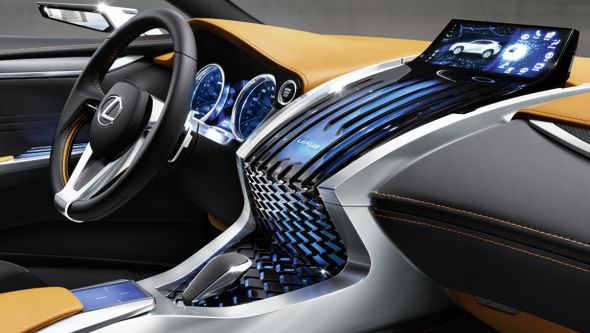
Voice recognition has become a common technology, but in the future it might even be possible to execute an operation just by thinking about it; what we refer to as Seamless Anticipation. This is a perfect realisation of L-finesse philosophy.
